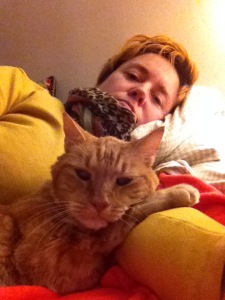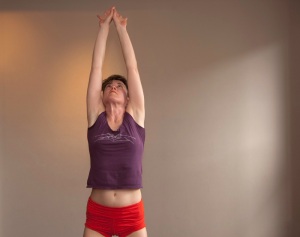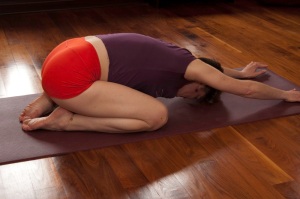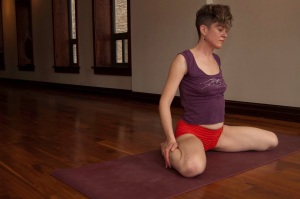My age has always been a lie. The first time I remember it coming up, I was 7 years old and was being introduced to people at my father’s country club. I was wearing little girl clothes, and a woman in the group asked me if I was 15. I was tall, and still am. I also had experienced more change and moving around than many others my age, especially in the small town in Ohio where my father is from. I was considered “mature for my age.”
I think I really was older than “7”.
Chronologically I was 7: I had been on the earth for 7 revolutions around the sun. I was born on a certain date in a certain year, and so there is a mathematical logic that equals 7 at that time.
But I had also rationalized and normalized interactions with a mother struggling with her reality, and had figured out being okay with her gone from my life. I had lived in 3 different states with 3 different families (all a part of my extended family). The number was 4 families if you say that the family of my mother and father was different from the family of my father and stepmother. They were different.
So I was “older” than 7 in experience and handling skills when people read me that way, and even when they didn’t.
And these days I am often seen as younger than my “age” to many people I know. I also wonder—similar to the example from my childhood—if in some way I am actually “younger” than the number of times the earth has traveled around the sun with me on it, or possibly “younger” in comparison with what that is usually seen to mean in our culture.
Have the losses I’ve experienced, the radical letting go that I’ve done, or circumstances totally beyond my control actually lightened me in some way to receive life in a way that we usually associate with youth?
Part of the launch point for my current reality had something to do with turning 40.
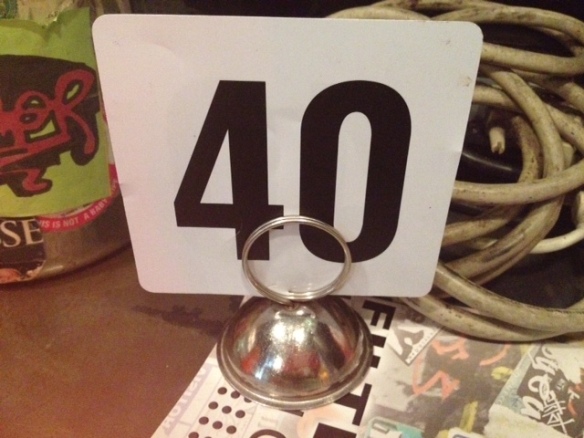
Around this time, I finally took the pressure off of myself about what kind of life I thought I was supposed to live based on what I had been taught and started to explore available options in my life that appealed to me.
I went to my first queer performance because a coworker friend was involved.
I started to go to more because the images and words populated my mind and also spawned exciting and titillating new thoughts.
I was welcomed into these intentional queer spaces. I made new friends. And went to more kinds of events like readings and trainings on trans awareness and disability justice.
A new life opened up for me. It was a gift of my aging process and personal choices that I dropped old fears and questioned my self and my life anew! I have now met people with values, attitudes and worldviews who I feel like I have been waiting to meet for my whole life.
I have evolved with Chicago queer culture. It has been one of the most satisfying experiences of my life.
And yet my age also seems to pose an issue in my new life. It is a crowd with many folks in their 20’s. I have been so afraid to destroy what I have enjoyed, and to face people’s possible ageism by saying that my age is 42.
How old am I?
How alive am I?
How creative am I?
How loving am I?
How curious am I?
How adventurous am I?
How well can I listen to and support others and my self?
What is important?
In my own work on queer time, I have shown that queer people do not follow the same logics of subcultural involvement as their heterosexual counterparts: they do not “outgrow” certain forms of cultural activity (like clubbing, punk, and so on.)…queer spaces tend to be multigenerational and do not subscribe to the notion of one generation always giving way to the next. Other theorists, such as Elizabeth Freeman, have elaborated more mobile notions of intergenerational exchange, arguing that the old does not always have to give way for the new, the new does not have to completely break with the old, and that these waves of influence need not be thought of always and only as parental.
~J. Jack Halberstam, ‘Gaga Feminism’
In queer culture there is a potential for continued engagement and creative expression. We are only limited by our imaginations.
Earlier this year a friend shared that they had lost 2 friends to suicide in the last year, and expressed an impression that some people in their 20’s can’t always see an interesting or fun future for themselves.
I remember feeling that there was a black hole in my imagination as I approached age 30. And in my 30’s I fell into it, and I also invented a new life for myself as a yoga teacher. Becoming helpful seemed a strategy for survival.
One reason I want to come out openly as someone over 40 years old is to share my enthusiasm and excitement about what I see in my self and my friends. In myself I see a hope for the future based on the activism and values of people in queer community, I also see a future for myself as an activist, artist, writer and yoga teacher. In my friends I see community leaders/organizers and amazing activists and artists.
Queering has to do with taking on one’s identity and stepping away from an inherited lineage of ableism, racism, sexism, homophobia, patriarchy, privilege, money focus, misogyny, ageism, sex-shaming, fat-shaming, objectification, coercion, bullying (…) and consciously being a person—even creating a self through chosen actions and expressions—that better reflects values of the heart with caring awareness of other people in community emphasizing inclusion of people (of a different race, body type, or gender presentation for example) helping to expand the understanding of the person reaching out as well as to reverse the effects of the old ways of domination, control and repression.
~from ‘Self-Determining Queer Pelvis’
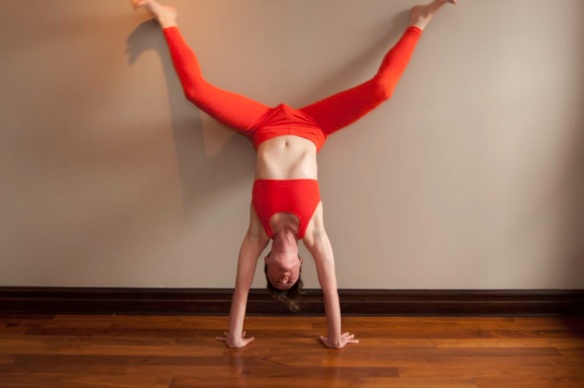
The above photo illustration is from a project of mine that explores human morphology and gender assignment in yoga. photo credit: Mars
And if I ever seem to be glittering like a jukebox from the early 1970’s (reference to Sandra Beasley), well… That’s when I was born!
 This is me today. A person I had scheduled for a private yoga lesson did not show up. They possibly forgot to tell me about a trip or something. It is very unusual.
This is me today. A person I had scheduled for a private yoga lesson did not show up. They possibly forgot to tell me about a trip or something. It is very unusual.
